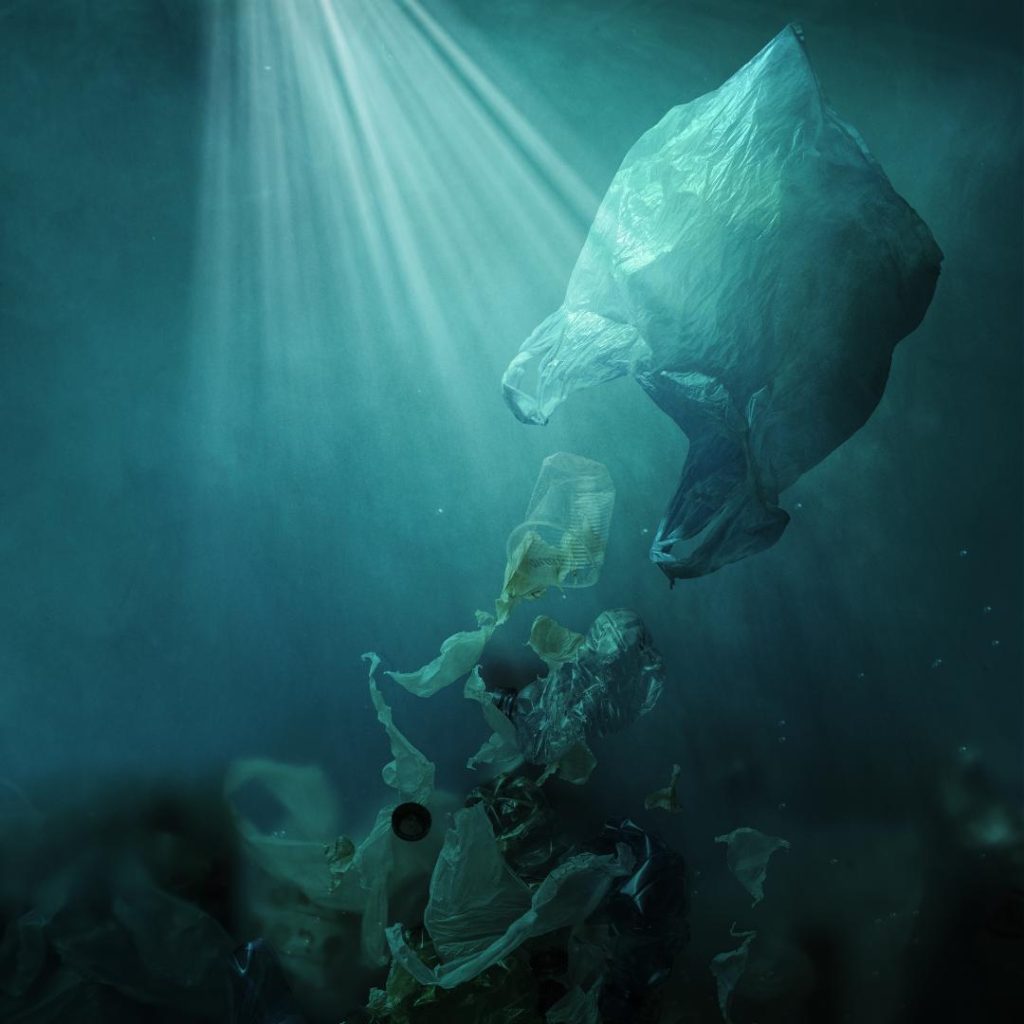Every minute, a full garbage truck load of plastic ends up on the seabed

Remote-controlled underwater vehicles have quantified plastic quantities for the first time as part of a study. It states that there are already three to eleven million tons of waste on the seabed.
This amount evaluates the plastic that is not yet broken down into smaller pieces and mixed with the marine sediment floating in the oceans.
"We know that millions of tons of plastic waste end up in our oceans every year, but what we didn't know until now was how much of this pollution ends up on the seabed," says Denise Hardesty from the Australian science agency Csiro.
What this study also aims to highlight in particular are the larger objects that end up in the sea. We are talking about nets, plastic bags, bottles, cups and things like that.
It was published in the journal "Deep Sea Research Part I: Oceanographic Research Papers".
100 times more plastic on the seabed than on the surface
It's hard to believe, but according to estimates, plastic consumption is expected to double by 2040. With this in mind, it is absolutely vital to find out where plastic is accumulating in the sea and where it is being transported to.
According to the research, the seabed has become a long-term storage site for plastic. The cold temperatures in this environment, as well as the lack of UV radiation and oxygen, contribute to the slowdown in degradation.
According to the study, around 46 percent of the estimated plastic mass is located above 200 meters water depth, the remaining 54 percent at depths of up to 11,000 meters.






